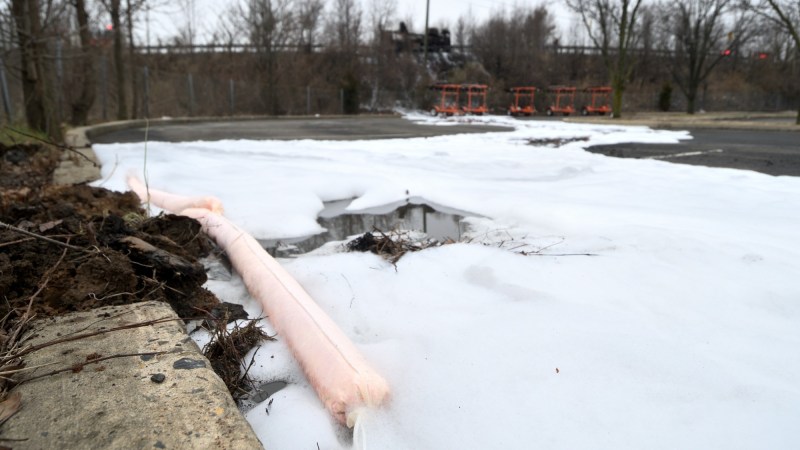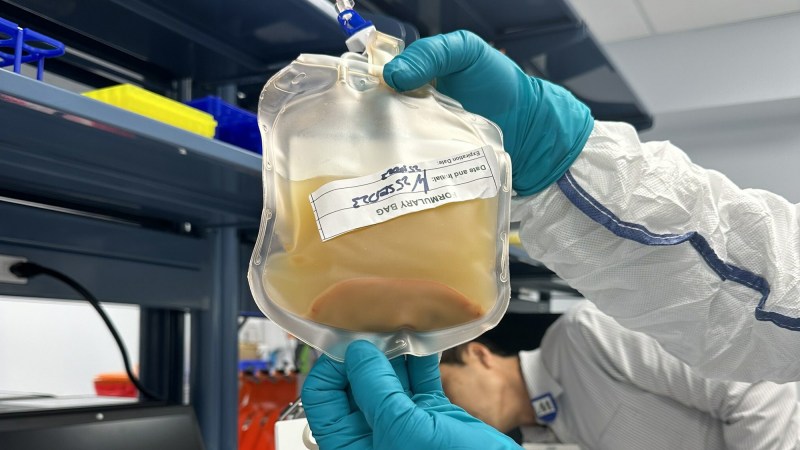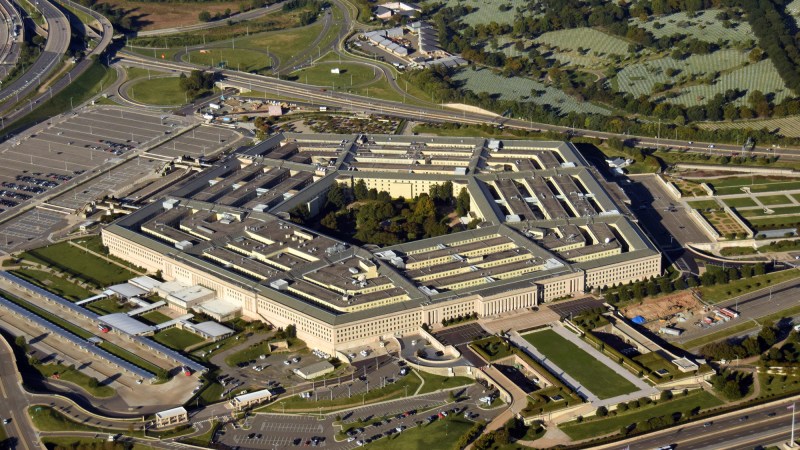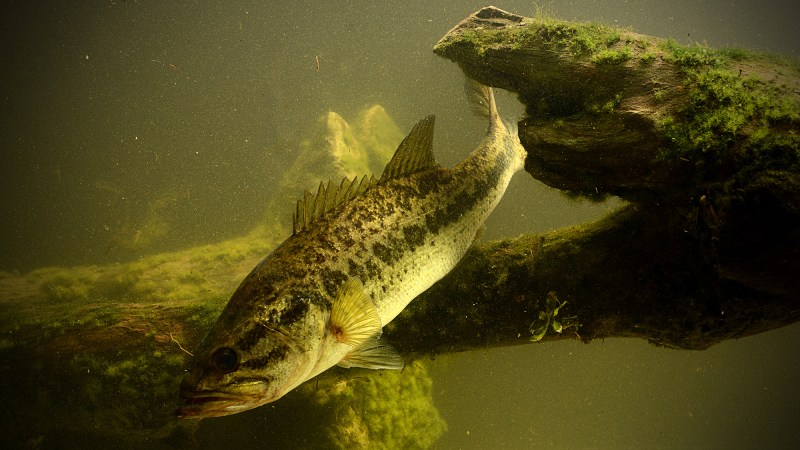

On March 18, the Environmental Protection Agency (EPA) finalized a ban on the last form of ban on asbestos used in the United States. This carcinogen kills upwards of 40,000 Americans annually, has been phased out in many products, but is still used in some capacities in the US. Inhaling the tiny fibrous strands that make up asbestos can lead to numerous illnesses including mesothelioma, asbestosis, and lung and ovarian cancer.
While not a complete ban, under this new guidance, the EPA would prohibit the import of any items that contain the only asbestos used in the US called chrysotile asbestos, or “white asbestos.” Most consumer products including building materials and household appliances are no longer made with asbestos. However, some products including sheet gaskets, brake blocks, and other vehicle friction products, still have chrysotile asbestos. The ban on asbestos used in these products will take effect in six months.
Chrysotile asbestos is also used to make chlorine bleach and sodium hydroxide that can be used for water purification. Chlorine is a commonly used disinfectant in water treatment and eight chlor-alkali plants in the US still use asbestos diaphragms to make chlorine and sodium hydroxide. These plants are primarily in Louisiana and Texas and this new requirement requires them to be phased out. The EPA notes that asbestos is not needed to produce chlorine and roughly two-thirds of the chlorine made domestically is done so without using asbestos. The rule will be phased in over five or more years to provide “a reasonable transition period.’’
[Related: The EPA is trying to ban asbestos—again ]
“The science is clear–asbestos is a known carcinogen that has severe impacts on public health,” EPA Administrator Michael S. Regan said in a statement.
According to the EPA, it advances one of the goals of the Biden Administration’s Cancer Moonshot, to harness the power of the federal government to end cancer. This new rule also marks a major expansion of EPA regulation under the 1976 Toxic Substances Control Act (TSCA), which made it difficult for the government to ban chemicals. This law remained unchanged until several amendments in 2016 overhauled the regulations of tens of thousands of toxic chemicals found in items found in everything from furniture to clothing and household cleaners.
The EPA tried to ban asbestos outright during the late 1980s. Manufacturing companies fought back and the EPA’s initial 1989 prohibition of the use of asbestos contained a carve-out for the chlorine industry.
By 1991, a panel of federal judges stuck down the ban and weakened the EPA’s ability to address human health risks from asbestos or other existing chemicals. This decision went on to hamper additional federal attempts to ban asbestos. More than 50 countries have already outlawed chrysotile asbestos.
[Related: Lung cancer in naval personnel linked to asbestos exposure.]
This rule could be rolled back by future presidential administrations and some legislators are calling on Congress to step in.
“An immediate ban on the import of chrysotile asbestos for the chlor-alkali industry is a long overdue step forward for public health,” Sen. Jeff Merkley (D-Oregon) said in a statement. However, it cannot be the end of the road when it comes to phasing out other dangerous asbestos fibers, and Congress has a role to play here when it comes to providing stronger protections for our health.”
Drexel University professor of environmental and occupational health Arthur Frank told NPR that asbestos still hides in many existing buildings and products across the US, so continues to pose risks to human health.
“This is not a total ban by any means,” Frank said. “It is a modest step that reduces future exposures.”















